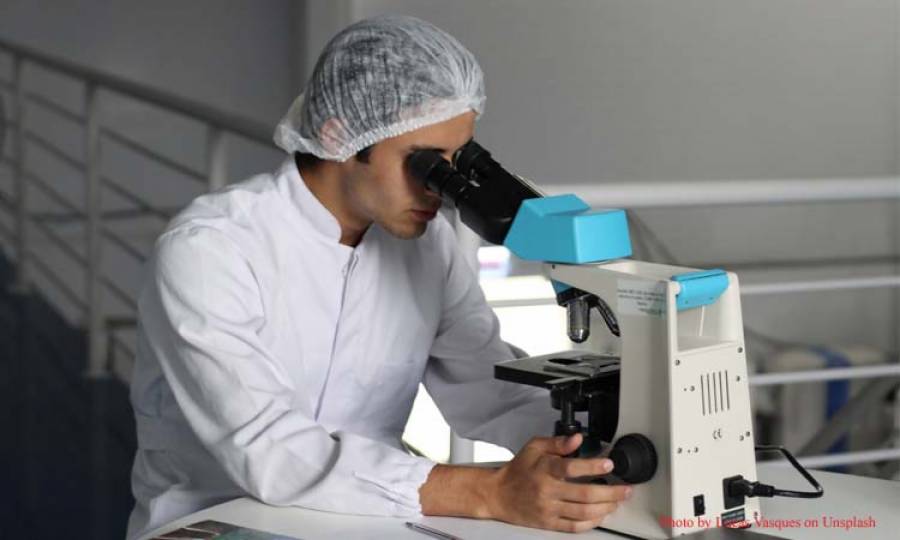Latest research paves way for lifting male fertility rates

Newcastle, AUSTRALIA: The University of Newcastle’s latest investigation had discovered the factors that could harm an embryo and male fertility.
This new research endorsed the notion of the effect of environmental stressors that disrupt sperm RNA, which could result in a negative impact on the embryo. Biomolecules such as RNA could play critical responsibilities in governing the fertility of male and embryo quality.
Natalie Trigg, a PhD candidate, was the lead author of a paper that summarised their findings. Other members of the team were Dr Geoffry De Iuliis, Dr Shaun Roman and Prof. Brett Nixon.
Their study indicated that shared environmental factors previously established not to affect DNA could negatively affect male fertility by affecting RNA.
Dr De Iuliis provides the example of exposure to radiofrequency electromagnetic energy – an environmental stressor discharged by cellphones and WiFi.
Dr De Iulliis stated, “Radiofrequency energy is defined as being non-ionising, which means it can’t immediately alter biomolecules, so can’t directly create DNA damage. Some conclude that it is therefore safe,”
He further claimed that his study had opened up the concept that DNA damage is not solely responsible for male fertility. Perhaps the more subtle RNA changes could also be essential to note.
Acrylamide was used in the experiment, and it is a common chemical in different kinds of edible items. The researchers found that this environmental factor had the potential to jeopardise the quality of sperm and the viability of the embryo.
Prof. Brett Nixon indicated that this finding would be beneficial for the health of males, and this research would open the doors for future fertility treatments.
The research 'Acrylamide modulates the mouse epididymal proteome to drive alterations in the sperm small non-coding RNA profile and dysregulate embryo development' has recently been published in Cell Reports
Advertisement
Trending
Popular
Aging: New study identifies key lifestyle, environmental factors ...
-
Hair loss: Discovery uncovers key stem ...
08:00 PM, 25 Feb, 2025 -
Broccoli sprout compound may help lower ...
11:31 AM, 25 Feb, 2025 -
Gas Pain vs. Heart Attack: How to tell ...
09:00 PM, 22 Feb, 2025 -
Coconut oil supplement shows promise ...
08:00 PM, 20 Feb, 2025



